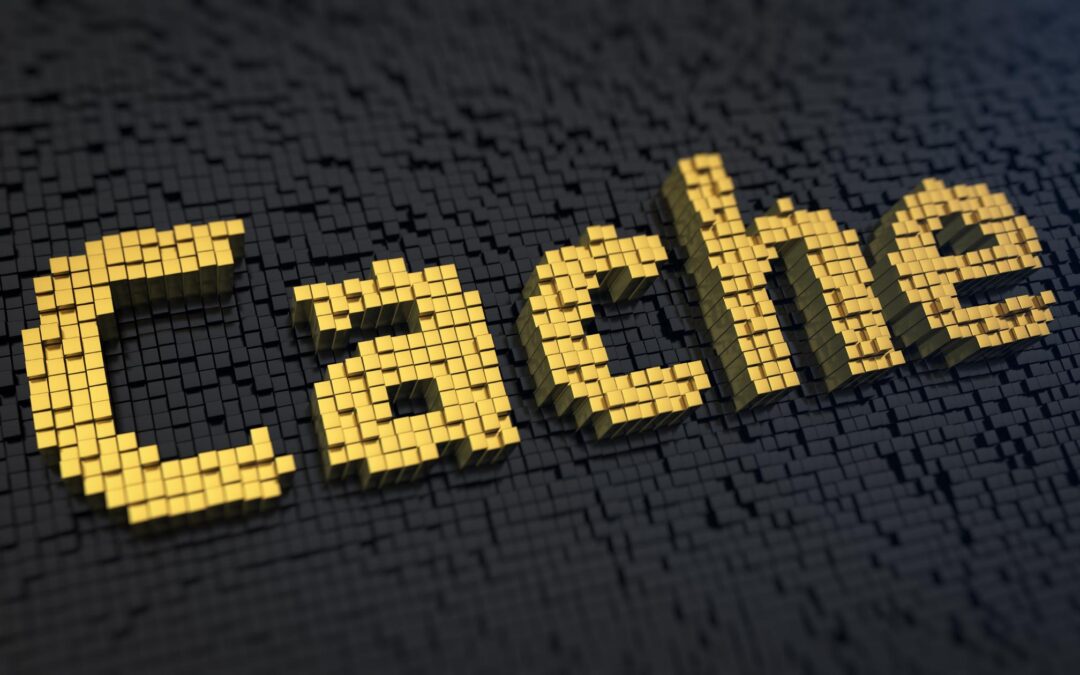Caching is a fundamental concept in web development that can significantly improve the performance and responsiveness of web applications. Whether you’re building a simple blog or a complex e-commerce platform, understanding caching is essential. In this beginner’s guide, I will explore what caching is, why it’s important, and how you can implement it in your web development projects.
What is Caching?
At its core, caching is a technique for storing and retrieving frequently used data more quickly. In web development, this data can be anything from HTML pages and images to database queries and API responses. Instead of generating or fetching this data from scratch every time a user requests it, you store a copy of the data in a cache. Subsequent requests for the same data can then be served from the cache, reducing the load on your server and improving the user experience.
Why is Caching Important?
Caching offers several benefits that make it an integral part of web development:
- Faster Page Load Times: Caching reduces the time it takes to deliver content to users. This leads to faster page load times, which are crucial for retaining visitors and improving user satisfaction.
- Scalability: By serving cached content, you can handle more users and traffic without overloading your server. This scalability is essential for handling spikes in traffic, such as during a marketing campaign or a sudden surge in popularity.
- Reduced Server Load: Caching decreases the number of requests that hit your server, freeing up server resources to handle other tasks. This efficiency can save you money on hosting and infrastructure costs.
- Improved SEO: Search engines like Google consider page load times when ranking websites. Faster-loading pages can improve your site’s search engine rankings and increase its visibility.
Types of Caching
In web development, there are several types of caching you should be aware of:
- Browser Caching: This type of caching occurs on the client-side. When a user visits a website, their browser stores certain resources like images, CSS files, and JavaScript files locally. This way, when the user returns to the same site, the browser can load these resources from the cache instead of downloading them again.
- CDN Caching: Content Delivery Networks (CDNs) cache static assets like images, videos, and stylesheets across multiple servers located around the world. CDNs can deliver cached content from a server geographically closer to the user, reducing latency.
- Server-Side Caching: This is where web developers have more control. Server-side caching involves storing and serving cached content directly from the server. Common server-side caching methods include object caching, page caching, and opcode caching (for PHP).
- Database Caching: If your web application relies on a database, you can cache the results of frequently executed database queries. This reduces the load on the database server and speeds up the retrieval of data.
Implementing Caching in Your Web Application
Now that you understand the importance of caching and the different types, let’s discuss how to implement caching in your web development projects:
- Choose the Right Cache Mechanism: Depending on your needs, select the appropriate caching mechanism. For example, use browser caching for static assets and server-side caching for dynamic content.
- Cache Invalidation: Cached data should expire or be invalidated when it becomes outdated. Implement a cache expiration strategy to ensure that users always see fresh content.
- Cache Headers: Use HTTP cache headers to control how browsers and CDNs cache your content. You can set headers like
Cache-ControlandETagto specify caching rules. - Content Delivery Networks: Consider using a CDN to cache and deliver static assets. CDNs can dramatically improve the performance and availability of your web application.
- Use Caching Libraries and Frameworks: Many web development frameworks and libraries provide built-in caching features. Utilize these tools to simplify caching implementation.
- Monitor and Test: Regularly monitor your caching system to ensure it’s working correctly. Perform performance testing to identify bottlenecks and optimize your caching strategy.
In conclusion, caching is a powerful tool that can enhance the performance and scalability of your web applications. By reducing server load, decreasing page load times, and improving user experience, caching plays a crucial role in modern web development. As a beginner, mastering caching concepts and implementing them effectively will set you on the path to building faster, more efficient web applications.


